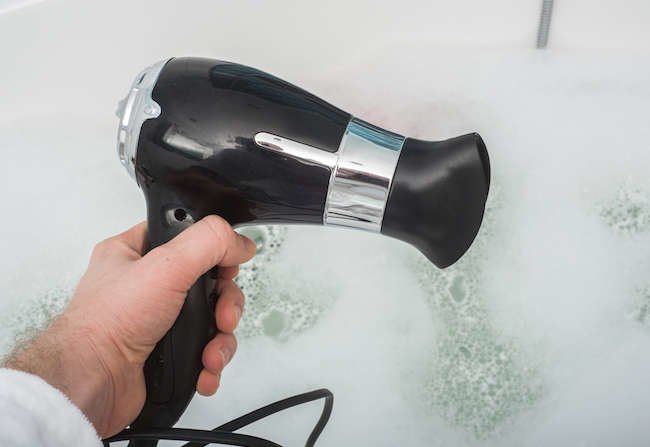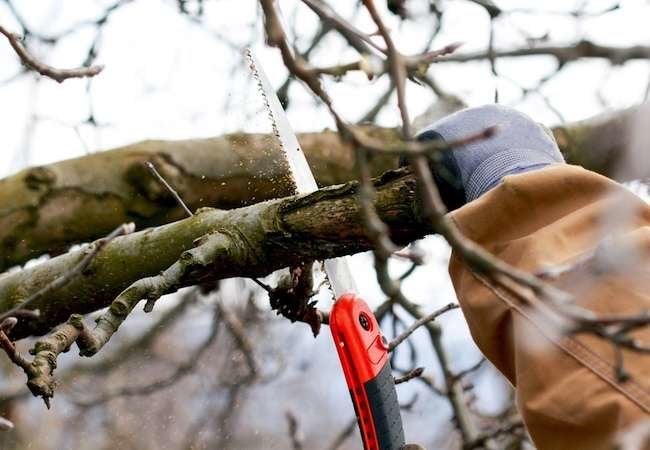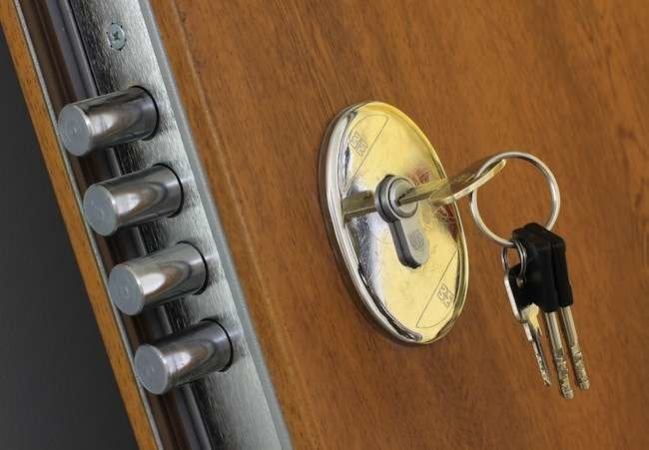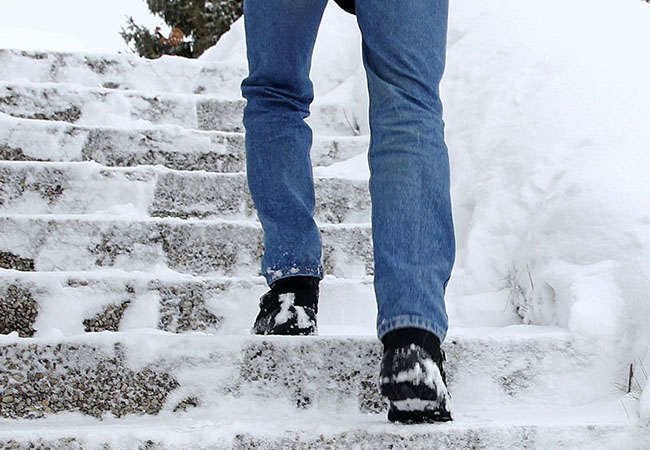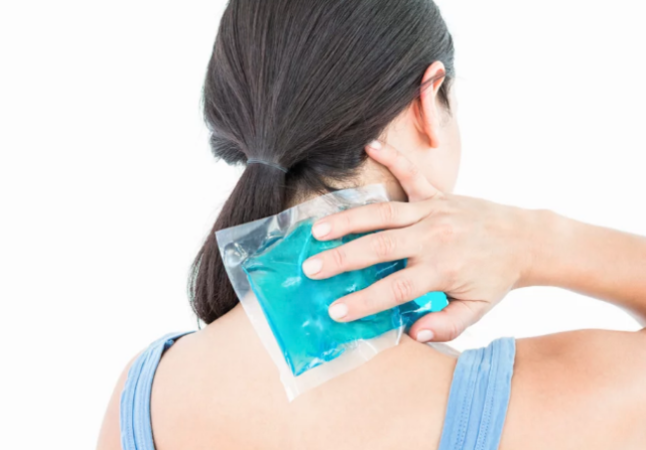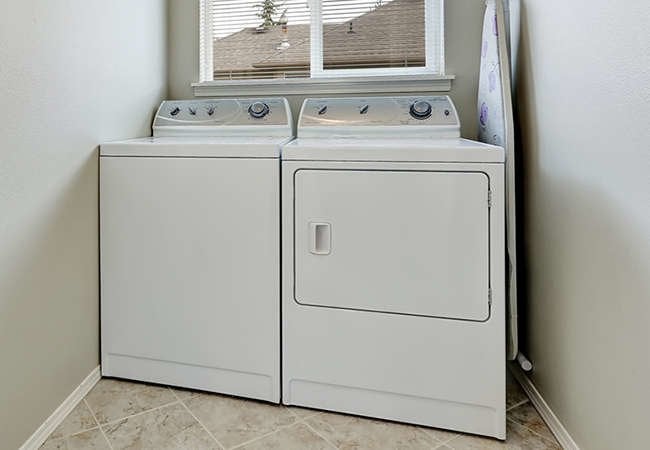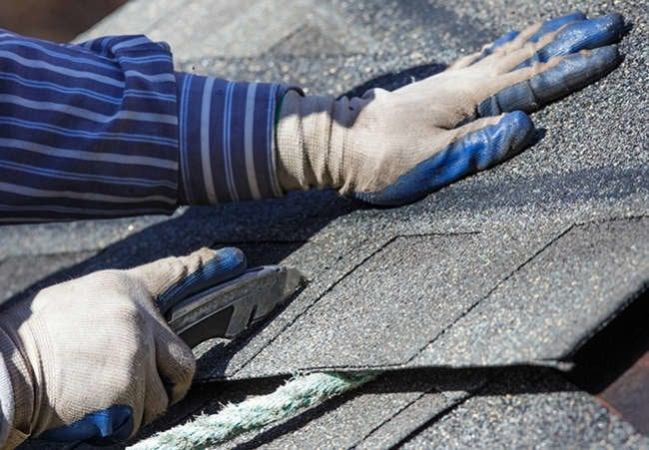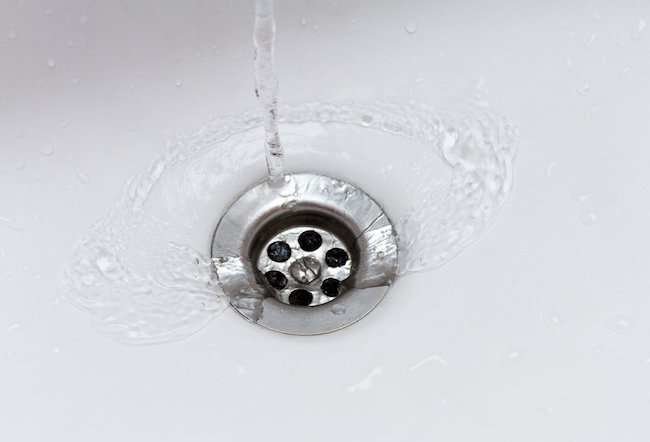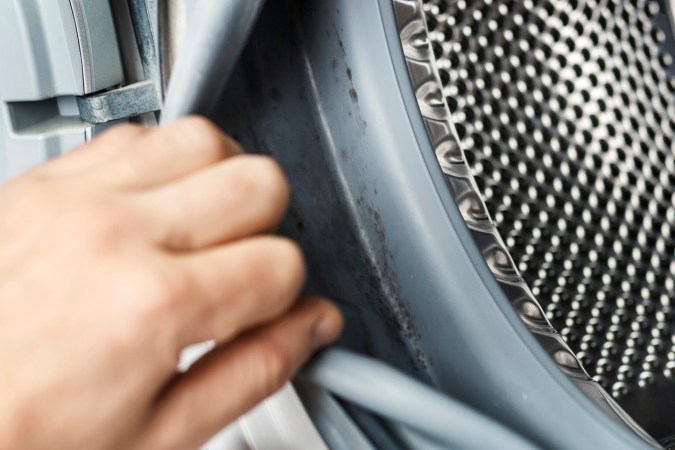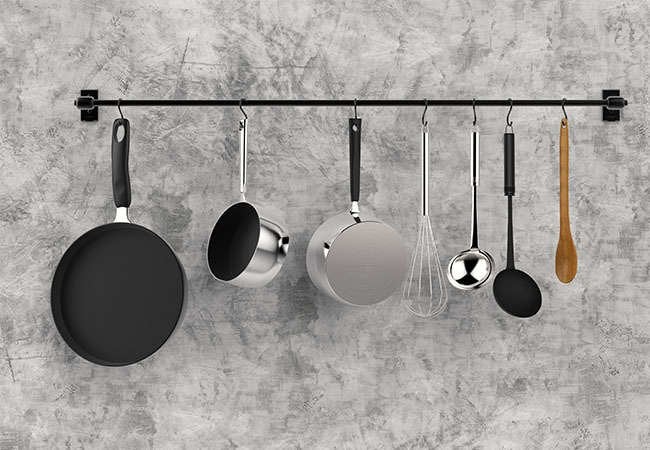We may earn revenue from the products available on this page and participate in affiliate programs. Learn More ›
Tripping and Falling
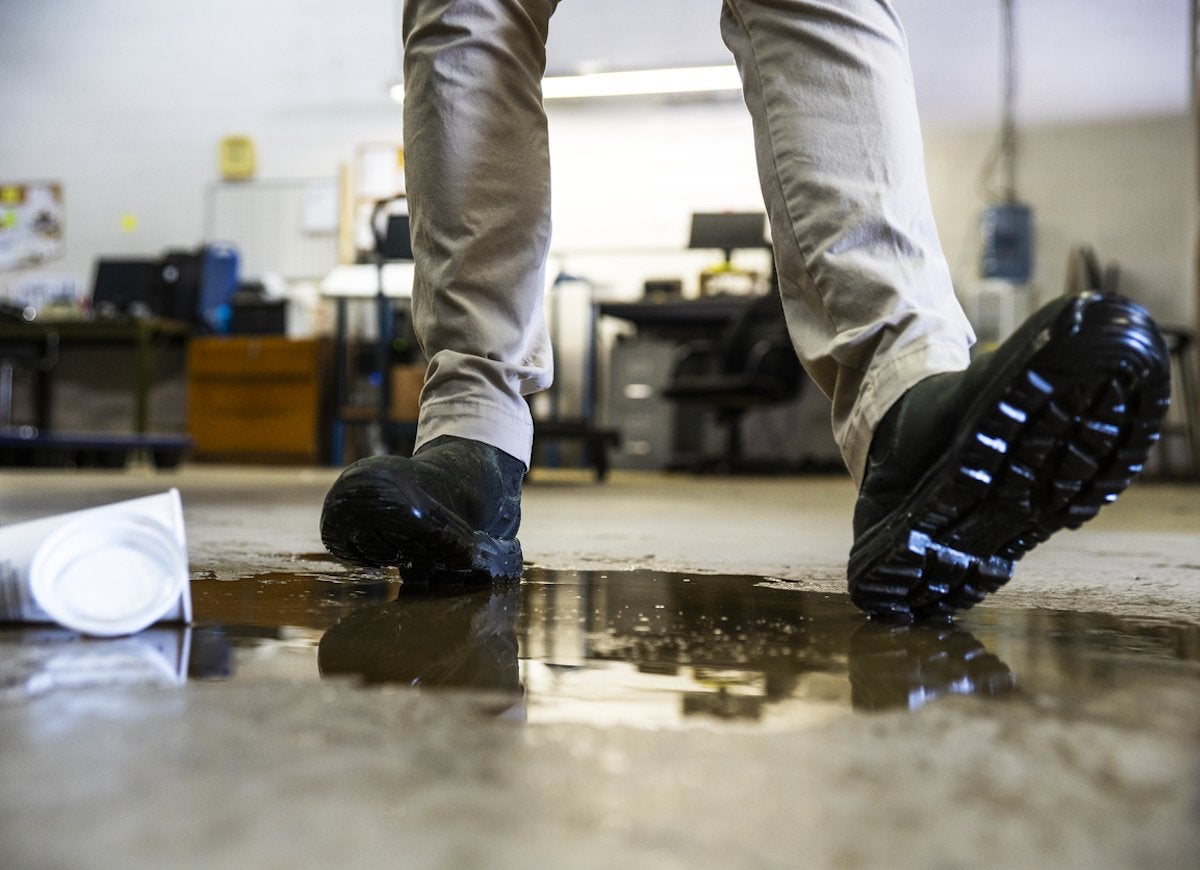
Trips and falls are the leading cause of nonfatal injuries across almost all age groups in the United States, and according to the National Institute on Aging, 6 out of 10 falls happen at home. In 2016 the CDC introduced STEADI, an initiative aimed at protecting senior citizens from trips and falls. But the program’s recommendations make sense for people of all ages: Have (and use!) handrails along stairs, and place night lights in well-trafficked areas. Get rid of clutter, secure carpets to the floor, and keep electrical cords against the walls and out of pathways.
Poisoning
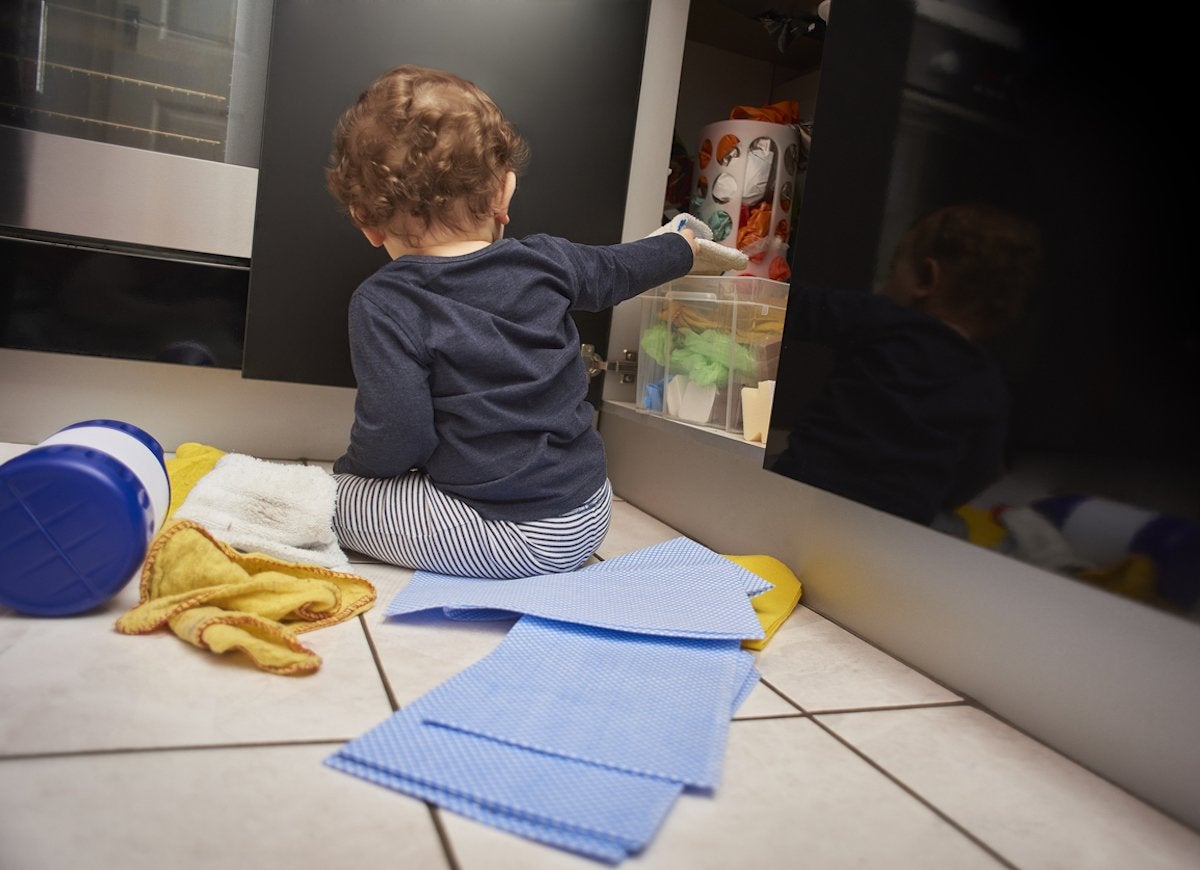
According to WebMD, 90 percent of poison exposure happens at home. Children can ingest chemicals like bleach and cleaning products, leading to nausea and vomiting. They can even accidentally spray chemicals into their eyes. Makeup, lotions, vitamins, and certain plants can also be poisonous. Keep all cleaning products and other potentially dangerous chemicals away from children, and protect yourself from fumes and errant splashes by wearing goggles and gloves whenever you’re using harsh cleansers.
Water Accidents

Drowning is among the top five causes of death for people of all ages in the United States. Even those who survive a drowning scare carry the risk of brain damage if the brain was deprived of oxygen for too long. If you own a pool, teach your children how to swim and be cognizant of the swimming ability of their friends and other visitors. Whenever people are in the pool, make sure there’s an attentive, CPR-trained adult nearby and keep floatation devices handy. And most important: Be vigilant.
Falling Objects
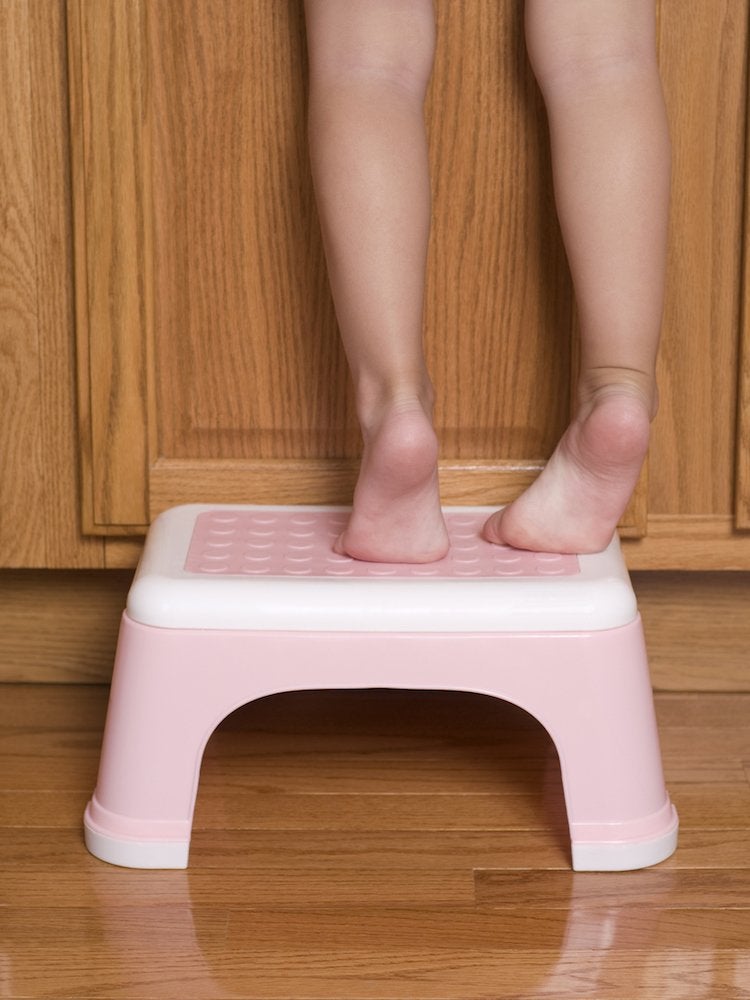
Children and teens are at the highest risk of injury from falling objects. Toddlers, for instance, are notorious for pulling books, heavy accessories and small appliances from tables and countertops. Older children and adults using ladders and step stools are at risk of being hit by the very objects they’re trying to reach. To keep safe, place heavy home decor and household appliances out of reach of small children, and ask for help when you’re trying to access heavy objects overhead.
Overexertion
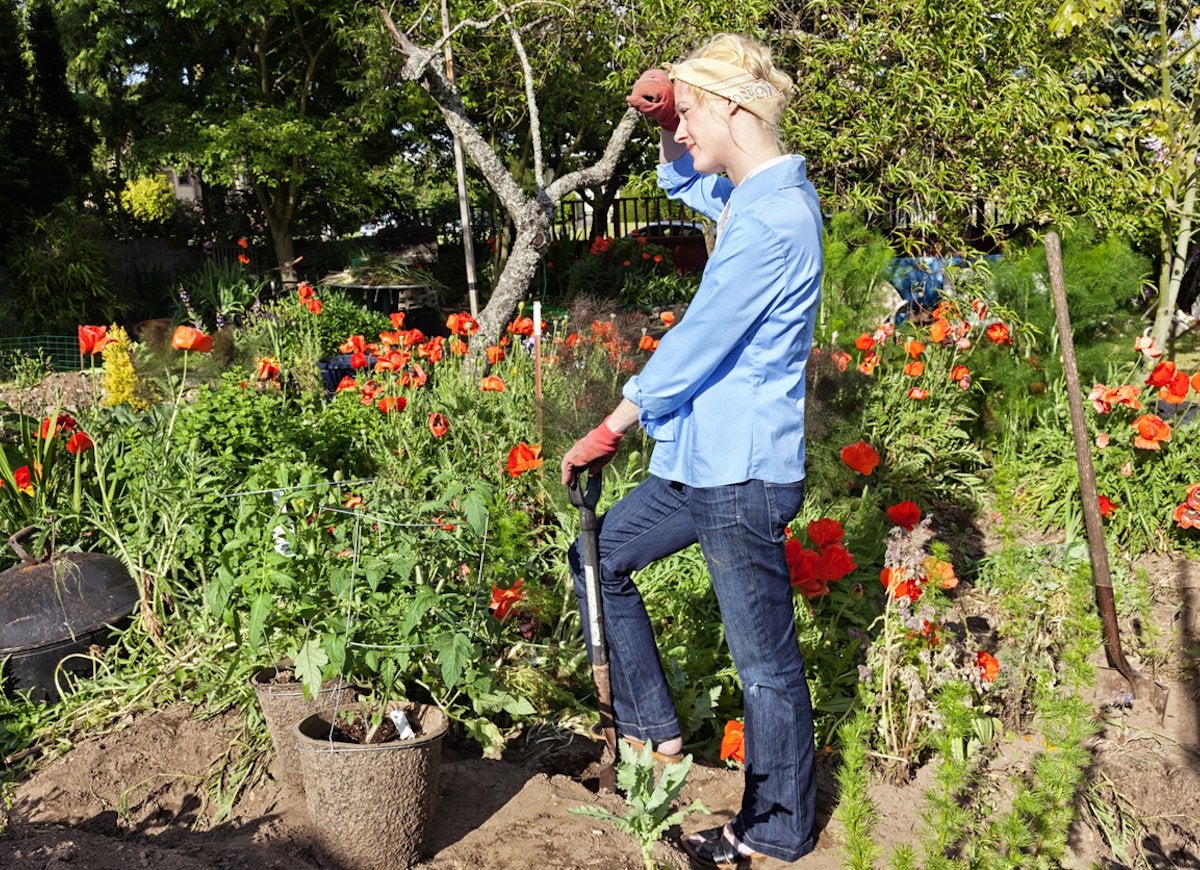
Planning a long day of yard work? Stay hydrated and shaded. Overexertion is a top cause of home and workplace accidents, leading to millions of emergency room visits every year. Many activities, even enjoyable ones, can overtax your body, so whether you’re renovating the house, woodworking, cleaning, or even video gaming, it’s important to know your body’s limits and teach your children to know theirs too!
Bites and Stings
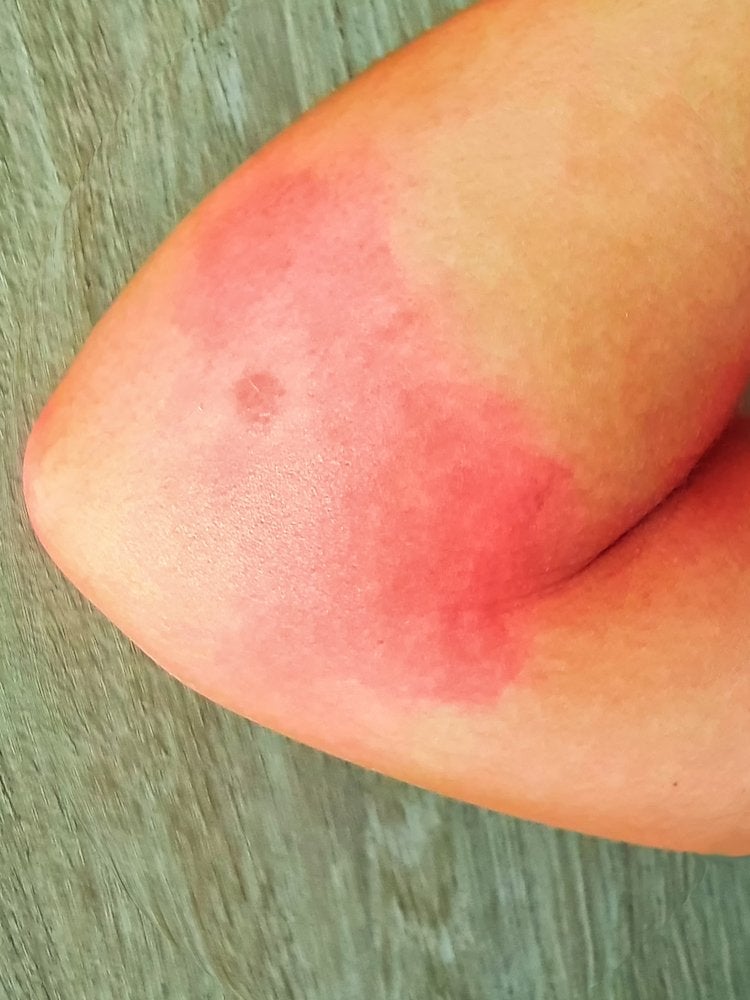
Almost any insect sting or animal bite carries a risk of disease or allergic reaction. Don’t forget that human bites happen too—when kids fight, for example–and they can also cause infection and transmit disease. Educate yourself on the more common types of bites, reactions, and emergency treatments. Keep a first aid kit on hand, and call 911 if you notice swelling, difficulty breathing, or other symptoms of anaphylactic shock.
Burns
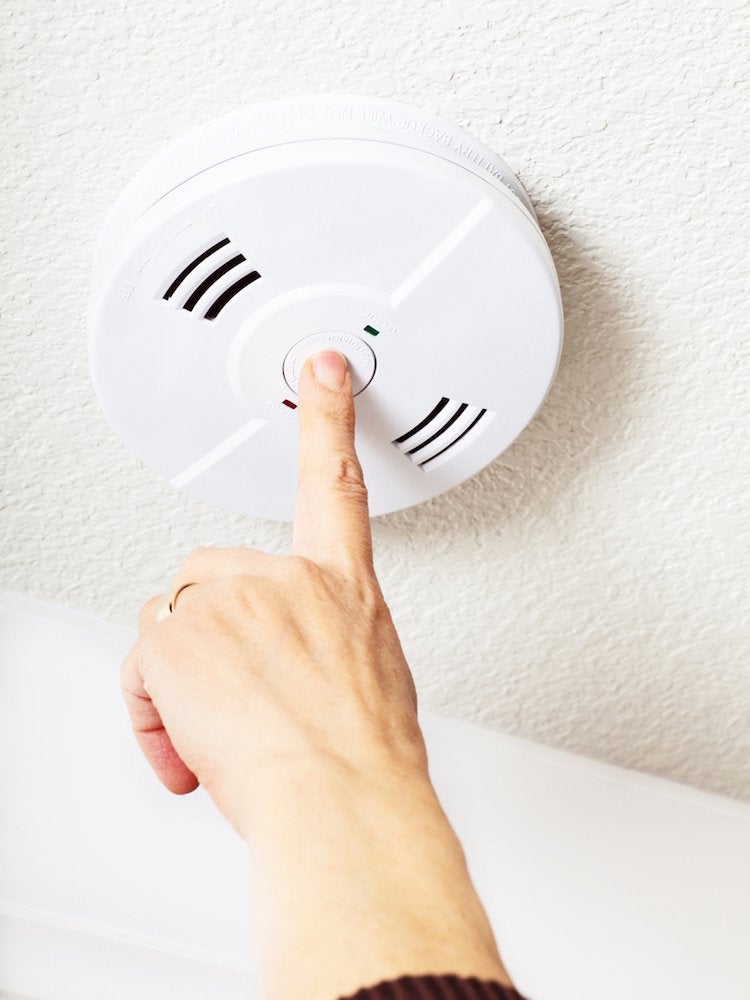
The CDC reports that 300 children are taken to the emergency room for burn treatment every day. Dependable working fire alarms are the best defense against burns. Make sure that you have alarms on every level of the house, check the batteries each month, and replace them once or twice a year. Also, to prevent scalding injuries, never leave unattended pots or boiling liquids on the stove, and set your water heater below 120 degrees Fahrenheit to protect children from too-hot tap water.
Related: 10 Things Your Local Fire Department Wishes You Knew
Cuts and Bruises
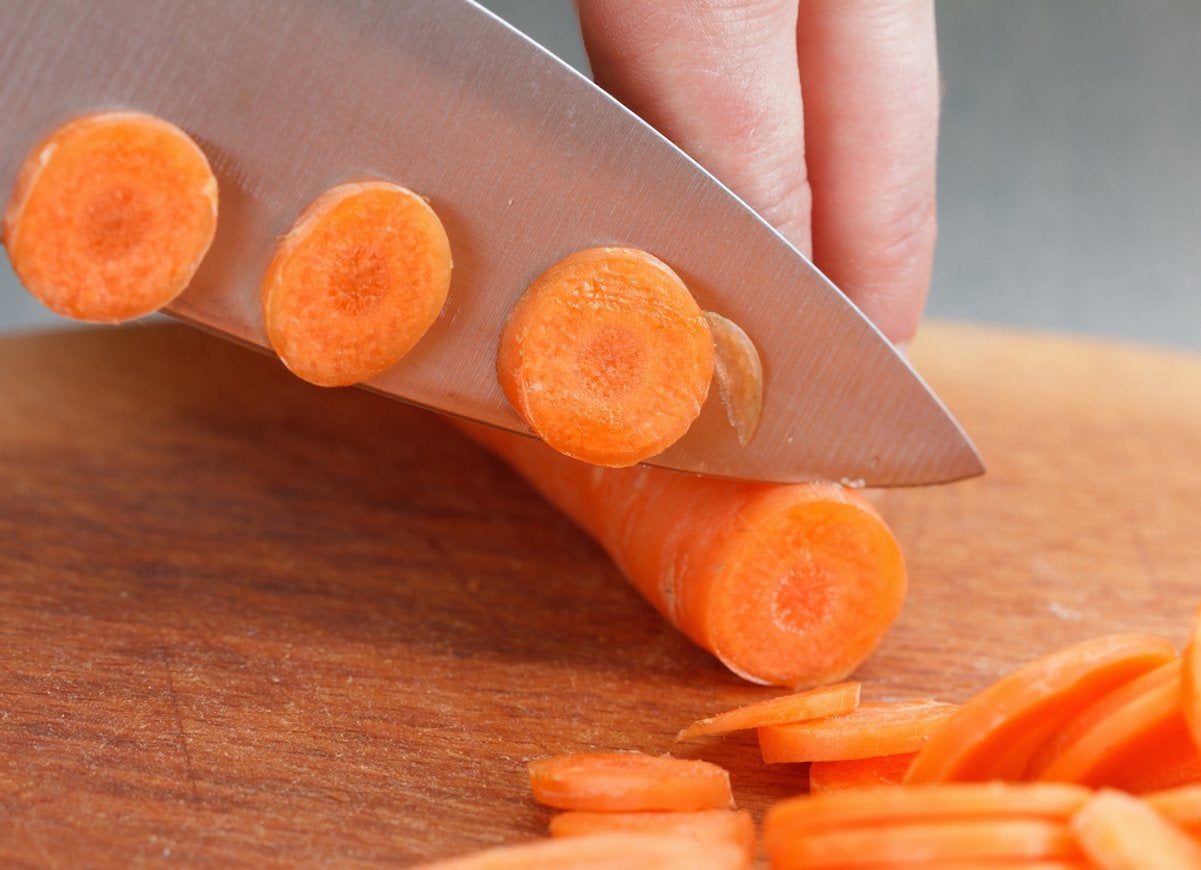
Skin, our largest organ, protects us from disease and bacteria. When you cut through this protective layer during household chores and projects, you may be opening the door to inflammation and infection. To prevent cuts, keep your knives sharp (dull blades lead to injuries) and safely out of reach. As your children get older, teach them how to handle scissors and knives safely. If you do suffer the occasional slip of the knife, clean the surface wound with soap, water, and rubbing alcohol, then bandage.
Drug Overdose
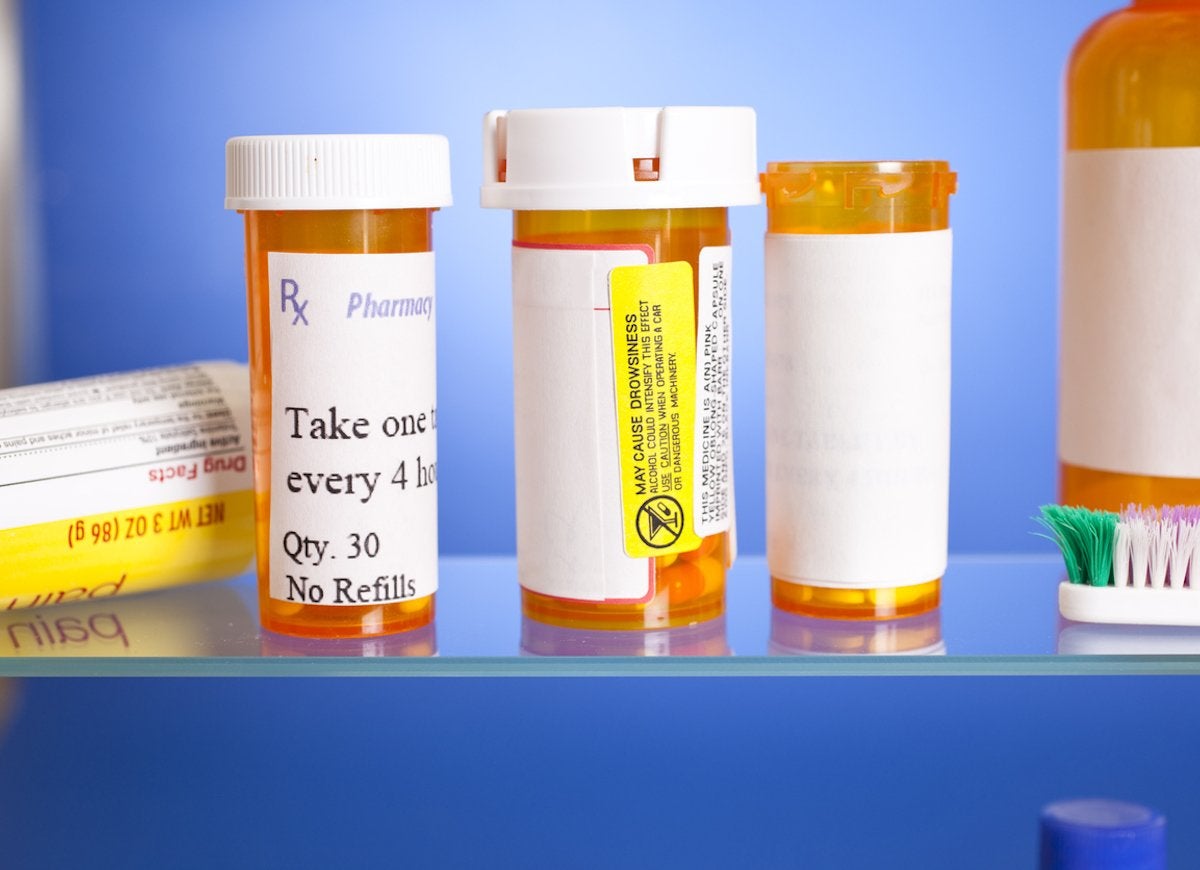
Accidental overdose of painkillers and other prescription drugs has been much in the news lately, particularly in light of the nation’s intractable opioid crisis. Adults should be cautious in home use and storage of prescription drugs. The official guidelines are clear: Do not keep unused or expired prescription drugs around the house. For safe disposal, you can take them back to the pharmacy.
Electrocution
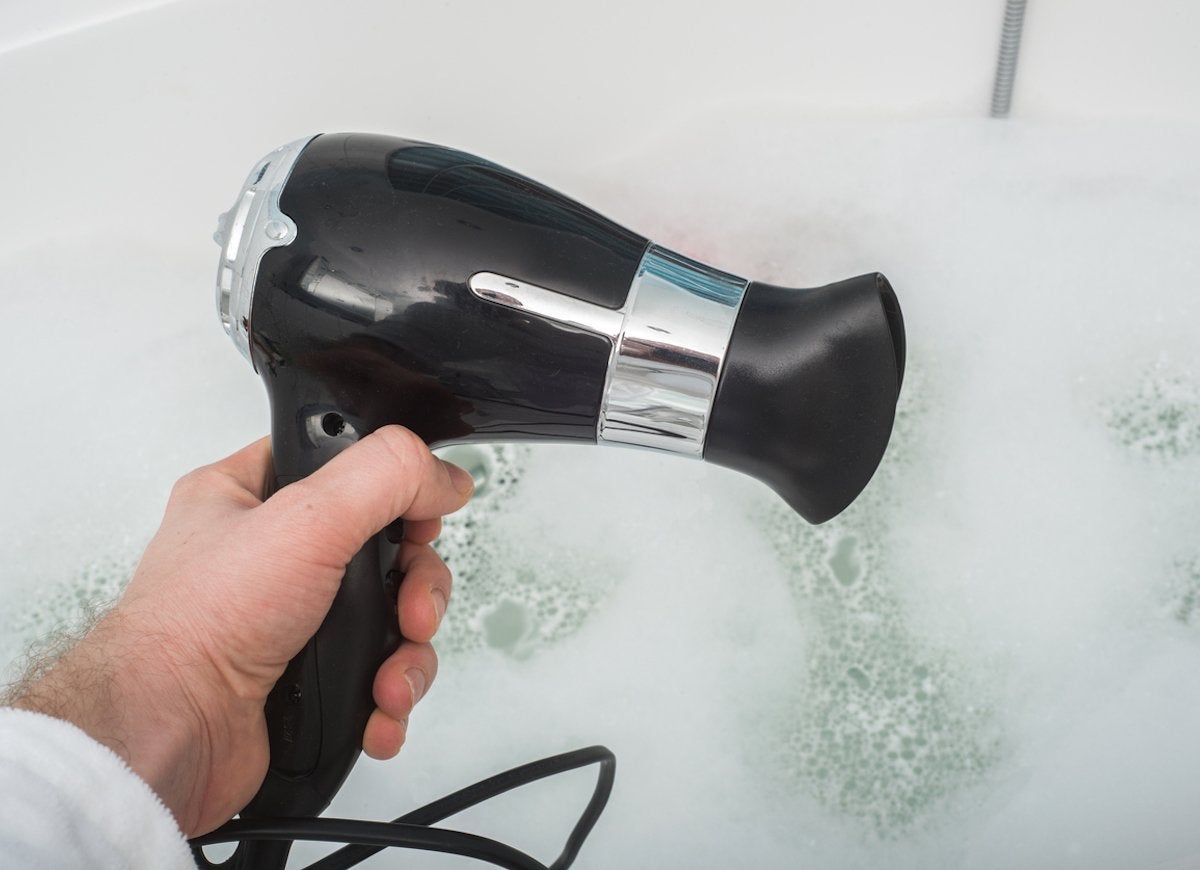
While electrocution in the home is rare, nonfatal shock incidents and burns do occur. Men are seven times more likely than women to be injured by electricity, and 20 percent of electrical injuries are suffered by children, primarily in the home. Appliances are a common source of electrical injury. Although serious injuries are rare, know the hazards of electricity and how to avoid shocks. Never touch electronics with wet hands, do not use frayed or damaged wires or cords, unplug any appliance that malfunctions or gives off sparks, and be aware of the location of power lines when you’re using an aluminum ladder outdoors.
Related: 10 Accidents Waiting to Happen—and How to Stay Safe
Concussions
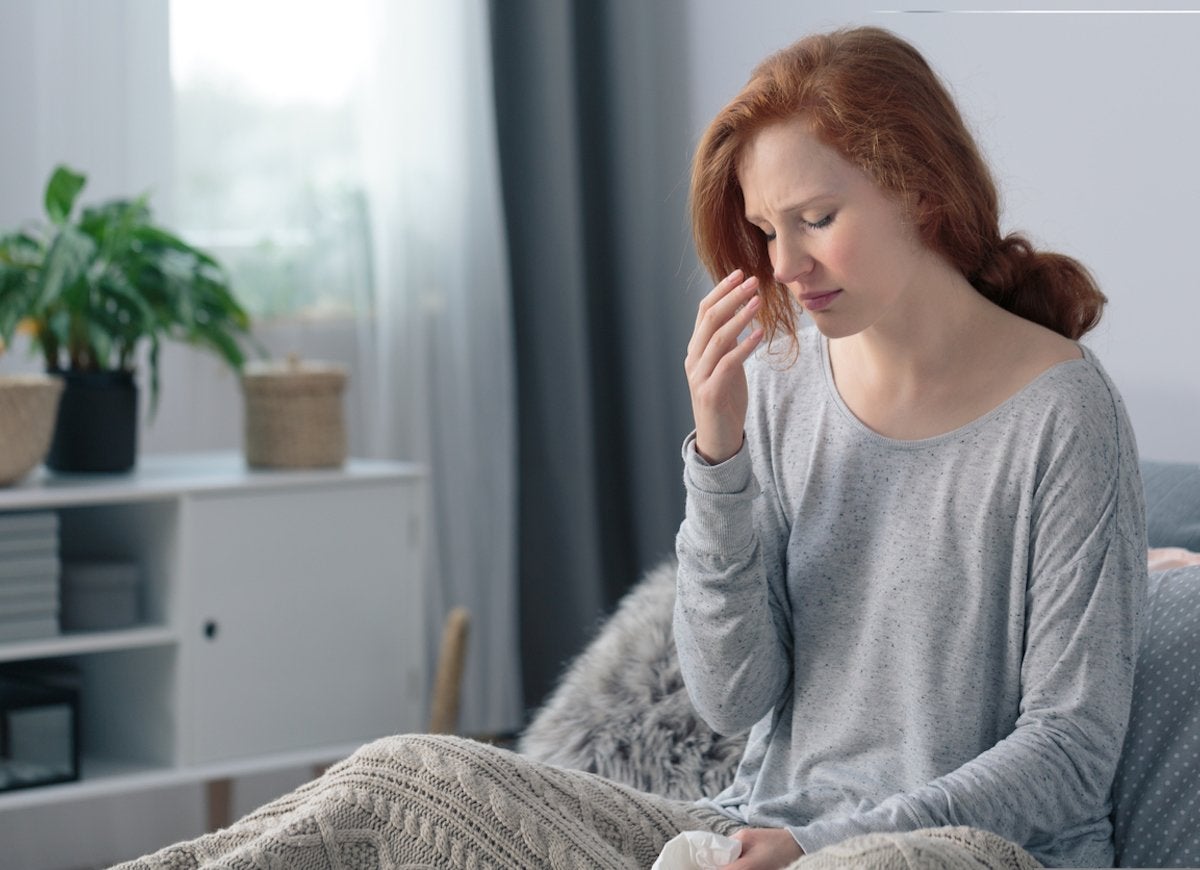
While we associate concussions with sports and car accidents, they can also occur as the result of a fall in the house or yard during a routine task. There may be no visible outward sign of a brain injury, so know the symptoms, including headache, nausea, memory loss, and confusion, and seek professional help immediately.
Small Appliance Mishaps
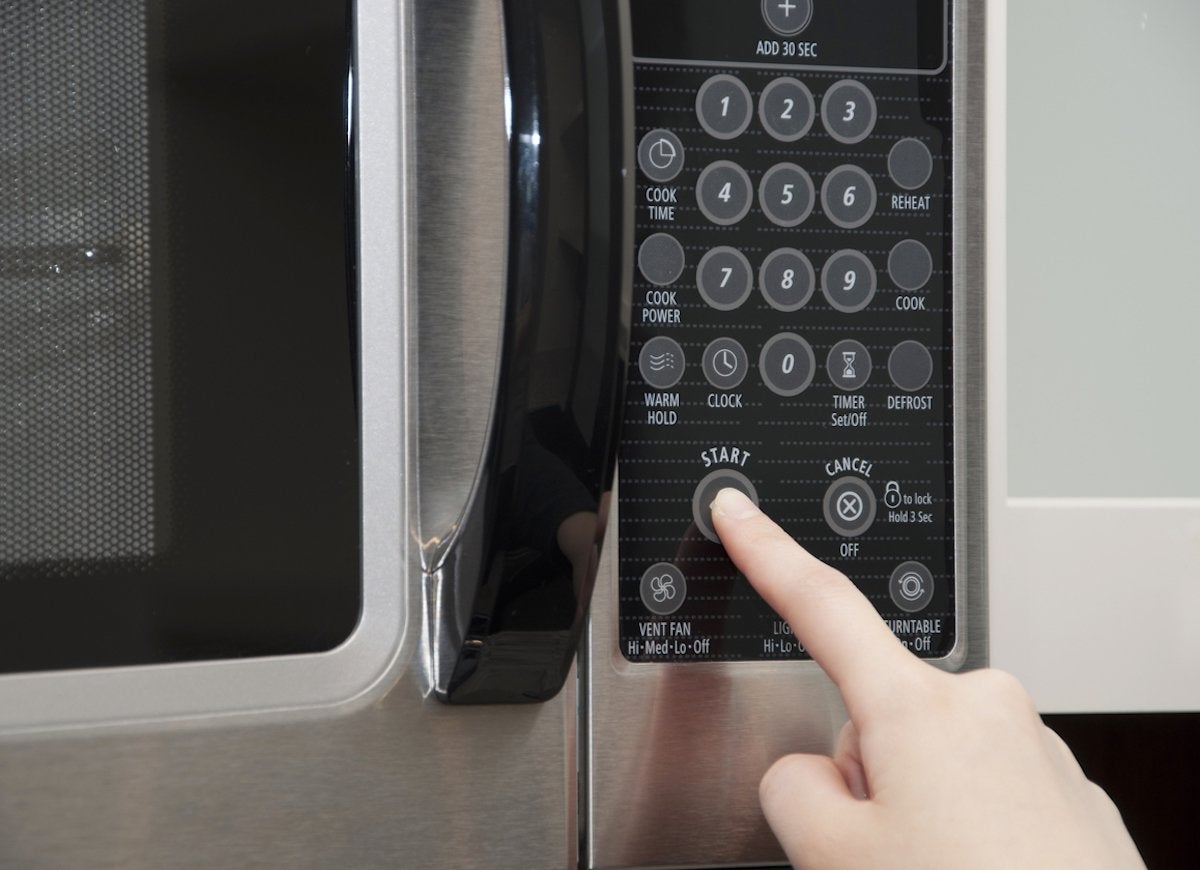
Sometimes it seems like our appliances are out to get us! Microwaves, blenders, and food processors cause tens of thousands of injuries every year. In 2014, more than 10,000 people reported microwave burns. Oven ranges can tip over if too much weight is applied to the oven door, and hot burners pose a hazard to children and inattentive adults. Always operate and maintain appliances according to the manufacturer’s instructions, show your children how to use appliances safely, and instruct them about risks and precautions.
Related: Proceed with Caution: 10 Power Tools That Can Kill You
Hidden Dangers
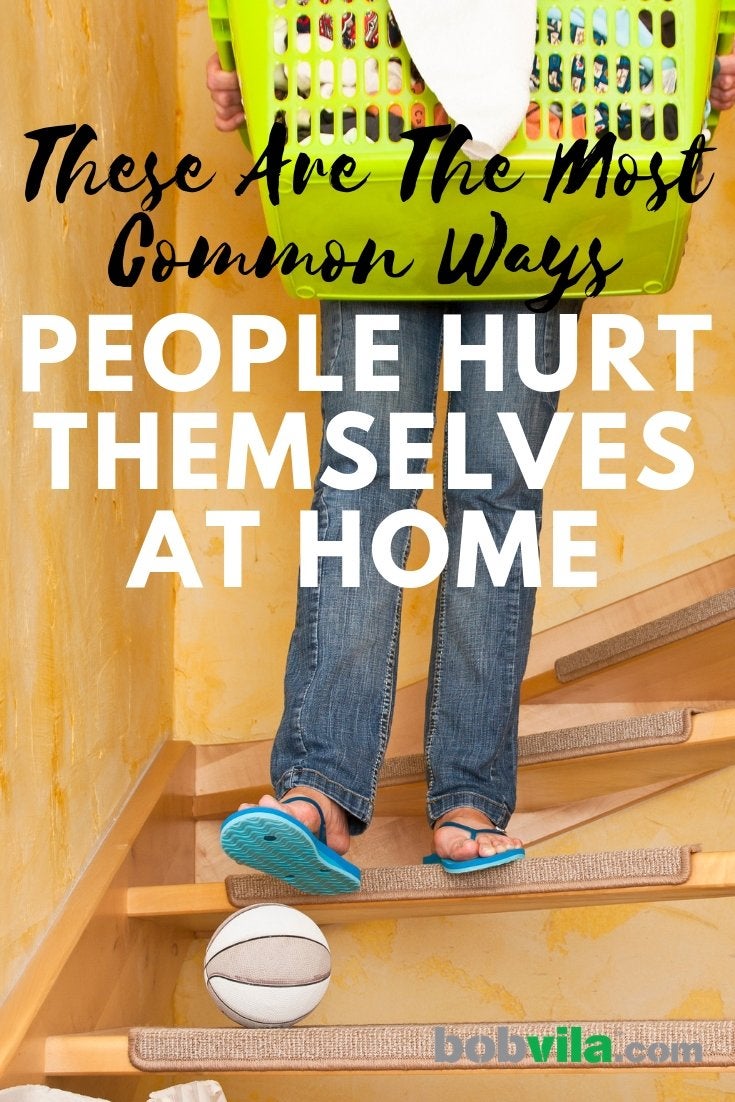
Take a close look around your home and see what you can do to avoid potential accidents.
